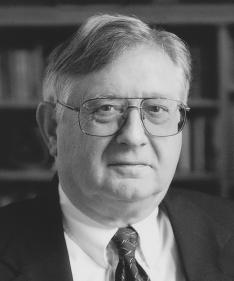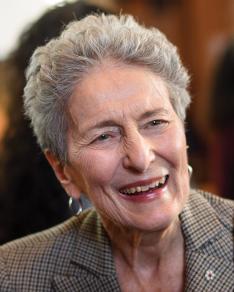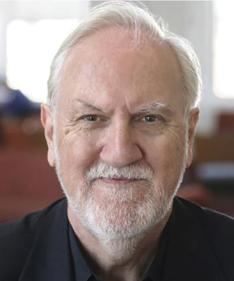John F. Wilson, a former Princeton graduate school dean and religion professor who spent more than 40 years on the faculty, died Oct. 5. He was 90. As dean, Wilson helped to expand financial support for doctoral students and led the graduate school’s centennial celebration in 2000-01. He also chaired the religion department from 1973 to 1980 and served as the first head of Forbes College from 1983 to 1992. Colleague Stanley Katz, who collaborated with Wilson on a long-term project studying the relations of church and state in the U.S., said in a University obituary that Wilson “exemplified all that is best in liberal teaching and learning.”
Natalie Zemon Davis, a renowned social historian who directed Princeton’s Shelby Cullom Davis Center for Historical Studies, died Oct. 21 at age 94. Davis earned acclaim for reconstructing history in works such as The Return of Martin Guerre, the story of a 16th century French peasant, and Women on the Margins, which drew on the memoirs of unsung women in 17th century Europe. She joined the faculty in 1978 and transferred to emeritus status in 1996. President Barack Obama presented the National Humanities Medal to Davis in 2013. “With vivid description and exhaustive research,” the citation read, “her works allow us to experience life through our ancestors’ eyes and to truly engage with our history.”
Anthony Vidler, an architectural historian who spent nearly three decades on the faculty, died Oct. 19 at age 82. Vidler, a native of England, served as the first director of the architecture school’s history and theory Ph.D. track. He left the University in 1993 and later served as dean of architecture at Cornell and the Cooper Union before returning to Princeton as a visiting professor in 2014. Professor Beatriz Colomina, in an obituary published by the architecture school, said the arrival of Vidler and colleagues Kenneth Frampton and Alan Colquhoun in the 1960s was compared by some in the field to pop music’s British invasion: “Architectural history became cool and Princeton the place to be.”



